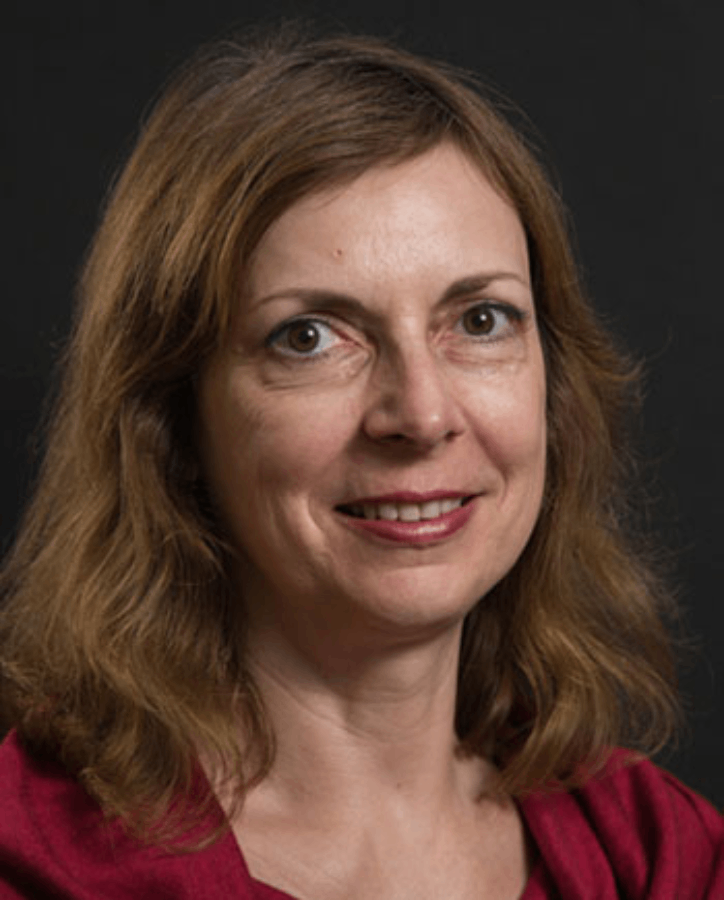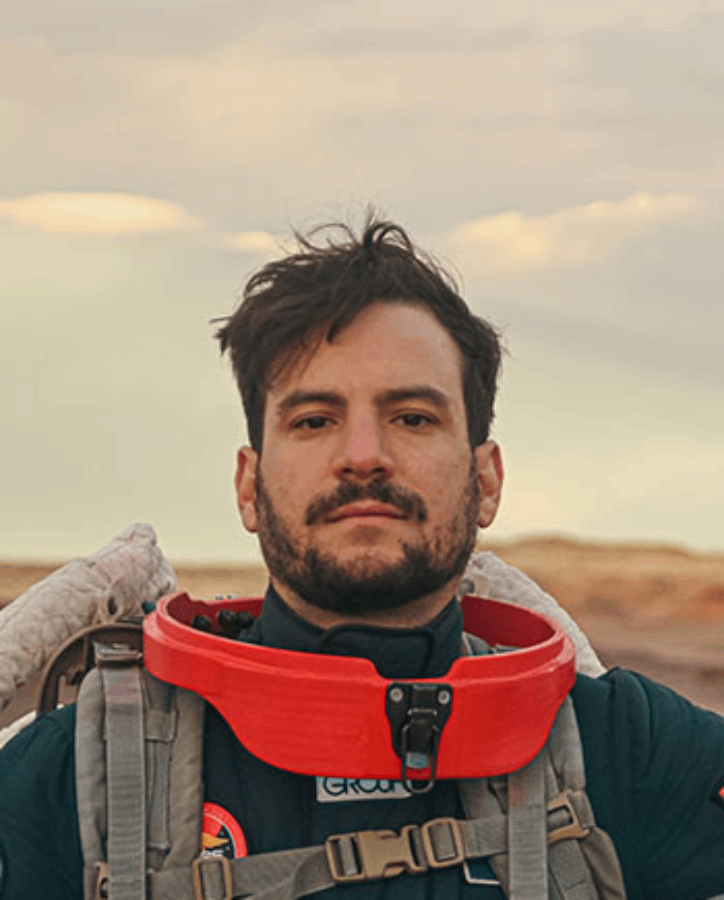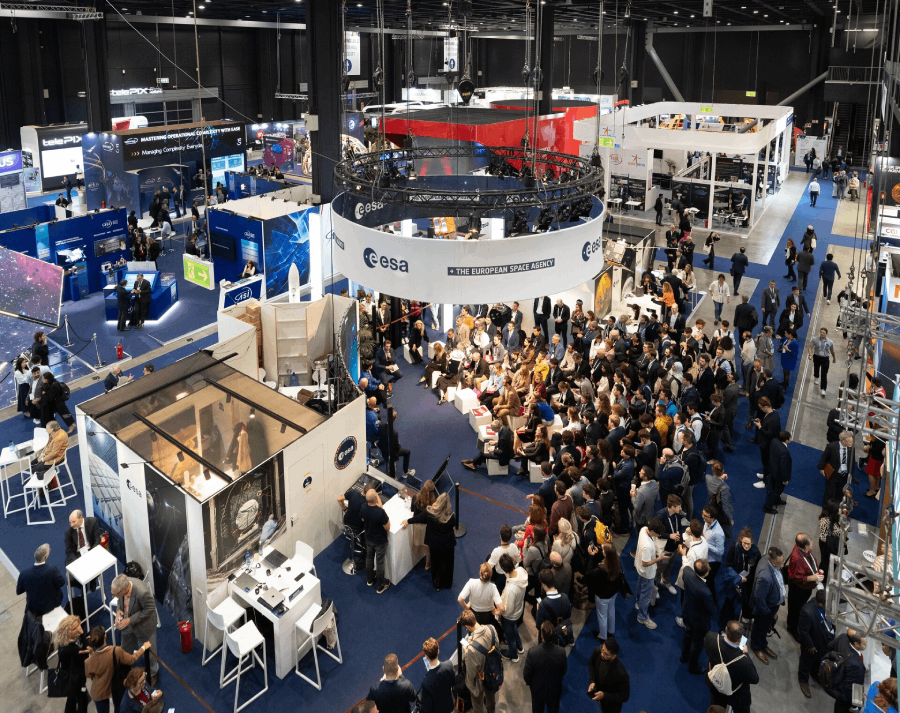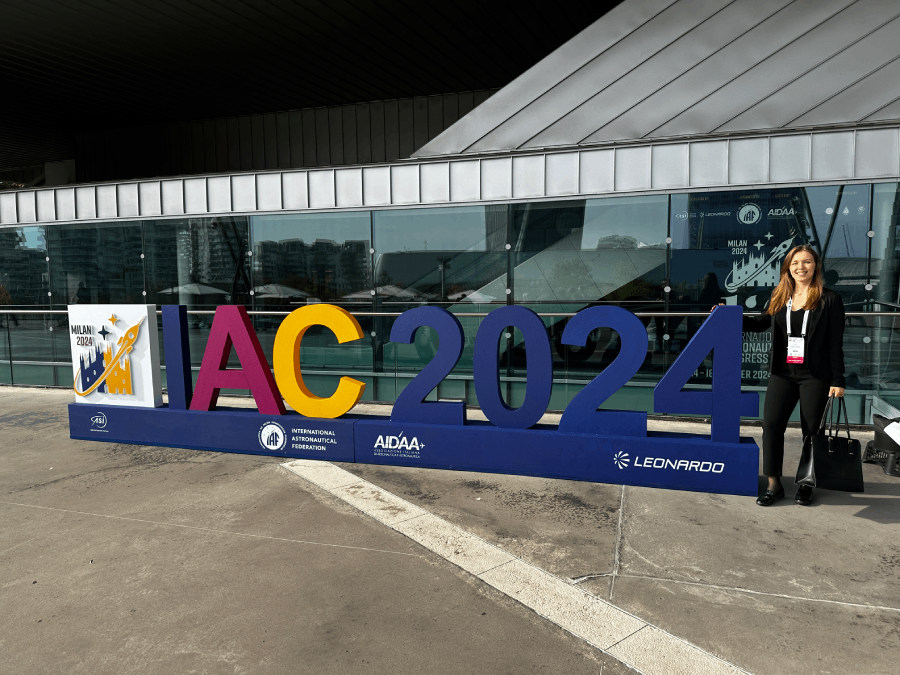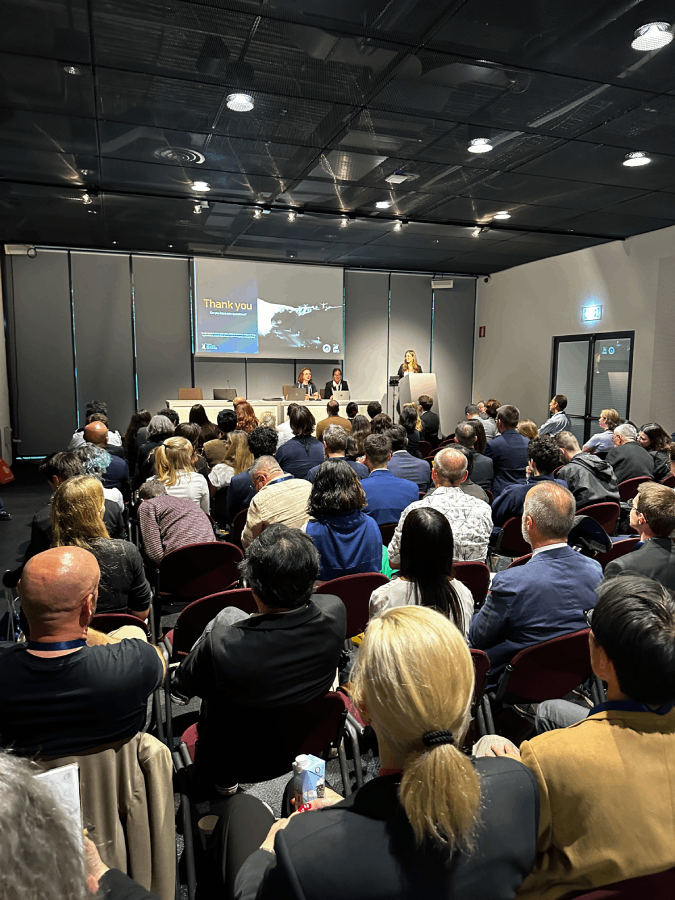The Cullen College of Engineering’s Sasakawa International Center for Space Architecture (SICSA) and its space architecture degree program might be the University of Houston’s unintentionally-best-kept secret.
“Houston is definitely the right place for this program.”
Though last year marked 20 years of the accreditation of the Master of Science in Space Architecture program by the Texas Higher Education Coordinating Board, program director Olga Bannova, Ph.D., still regularly encounters people who aren’t familiar with space architecture as a field of study and research.
That’s perhaps understandable, given that SICSA houses the only Master of Science in Space Architecture program in the world United States — there is a Space Architecture and Extreme Environments Design master’s program located at Arizona State University, though it doesn’t confer a STEM degree — but with NASA’s Artemis campaign intending to return humans to further explore the Moon, and eventually Mars, fully underway, it’s an area you’ll probably be hearing a lot more about in the near future and the coming years.
“[Space architecture entails] a lot of systems engineering with significant human factors embedded in it,” she said. “It’s about human spaceflight, of course, but it goes way beyond the design of, say, interiors of space habitats. We really want to teach our students to define a potential problem in design, and that includes from not only a systems engineering point of view, but also thinking about the humans. The idea is to teach our students to see the bigger picture — to understand how one decision affects all other decisions, and to constantly be aware of that process.”
“Nothing happens at once, and there is no magic.”
“It’s a little bit sci-fi,” Bannova laughed, “But it’s not at all fiction; [this work] needs to be based in reality. That’s what is unique, of course, about our program. We don’t design based on magic, or based on the assumption that in 50 or 100 or 500 years, somehow something impossible will become possible. Because then why not just plan to have teleportation, and say we don’t even need rockets? That’s just Star Trek! Although there are still rockets!
“You’re not just doing research on what’s happening right now — what’s on the market right now and how these things can be designed — but also doing it with developing concepts and testing them,” she continued. “That’s why we developed the mixed reality lab here at SICSA: to test and evaluate our design decisions from an operational point of view. We want to interact with them and see how comfortable they are — how effective a crew member will be using them in these environments. Life-centered design is really the goal.”
“If you ask several space architects to give you the definition of a space architect, they’ll probably tell you several different answers,” added adjunct professor Vittorio Netti, calling the field a “cross-discipline meeting” of architecture, aerospace engineering, and human-centered design. “It’s the science and the heart of putting people in space and designing environments that will make space compatible with long-term human presence.”
Netti is a Ph.D. candidate in Aerospace Engineering at Politecnico di Bari in Bari, Italy, and is himself a graduate of SICSA’s space architecture program.
Four other space architecture master’s students and two alums — Kai Bailey, Paula Drozdowska, Corrado Testi, Kelly Mann, and Chi Lan Huynh and Paolo Mangili — recently traveled to the 2024 International Astronautical Congress in Milan, Italy to present innovative research and connect with contemporary leaders in the fields of aerospace and space architecture.
This year’s congress saw record participation at the “largest conference in aerospace”; participants numbered over 11,000, including representatives of private aerospace technology firms as well as the Chinese, Indian, UAE, and several European space agencies.
“It’s definitely very important for us to participate, not only because of the program and for networking for our students, but also to put the University of Houston and the Cullen College of Engineering’s newly named Mechanical and Aerospace Engineering department on the map,” Bannova said. “Believe it or not, many people know about our programs at UH because of ours and our students’ participation and presentations at these conferences.”
“Companies like SpaceX and Axiom and Blue Origin are trying to build the future of space exploration: not just what we did until now — that is, basically, to survive in space — but also to thrive in space,” added Netti. “So we are trying to design environments that aren’t just purely functional, that would be appealing and usable only to trained astronauts, but for a variety of figures who may not be as trained — like space tourists.”
While they might be leading the charge, so to speak, the field’s unprecedented growth in recent years is reflected in one key area that has nothing to do with private firms’ quarterly figures: Netti noted that the program is seeing “way more” applications than they can currently admit and support. Bannova has also reported seeing increasing interest in an Aerospace Engineering Ph.D. program, with the option to add work related to space architecture; she regularly receives inquiries from potential students seeking just such an education
“This is a research-based program. It’s important to understand that it’s not like a classical learning experience. The objective is to develop [one’s] own research or contribute meaningfully to SICSA’s research; it’s very hands-on.”
While some emerging research focuses on the use of robotic technology to accomplish critical tasks in hostile environments, SICSA remains focused on amplifying and accommodating human ingenuity in space.
“Robotic systems can be very helpful, especially for long working hours on the surface [of planets] where the radiation is very high, temperatures reach extremes, etc., but what robots can do in many hours, sometimes humans can do much faster and more efficiently. It’s just a matter of deciding and defining what is most efficient and effective when planning the mission.
“We all come in different sizes, come with different backgrounds, desires, likings and dislikings and cultural and social behaviors, but what humans can do… they still have this ingenuity in them, especially those who want to do something like explore outer space.”
That focus on the human at the core of innovation and exploration is just as evident in SICSA’s academic pursuits as it is in the center’s groundbreaking research initiatives.
“It’s very important for us that when our students graduate, they feel like they are well-equipped to contribute to space exploration and the space industry, and that they can be hired successfully. To me, the success and recognition of the program is how hirable our graduates are.” Bannova concluded. “Research is important to us, but our biggest project is our students.”
In Their Own Words: Students Describe Their Experiences with SICSA and IAC 2024
Paula Drozdowska, an international student from Poland, is pursuing her MS in space architecture and expects to graduate in Fall 2025. Drozdowska is “dedicated to designing future space stations that enable sustainable, comfortable living in space, while also inspiring the next generation to pursue their dreams and push beyond their limits,” and describes attending IAC this year as “an inspiring and amazing experience.”
“My dream has always been to share knowledge and inspire others, and I am grateful to have had the opportunity to present the lunar lava tube habitat project to a diverse audience of 80 professionals and researchers [at IAC],” she continued. “This was an invaluable opportunity to grow my network, explore new projects in human-centered design, and discuss recent advancements in the space industry.”
“My journey from Świdnica, a small town in Poland, to the University of Houston is part of my dream to inspire and encourage the next generation of talented young people, especially those from Poland and other underrepresented regions, to step out of their comfort zones and pursue ambitious goals,” she added.
“One of the aspects I love most about my experience at UH is the opportunity to meet so many remarkable people and experience such a rich diversity of cultures. As an international student, the journey is not always easy, but I am grateful for the strong support network from both the UH faculty and the friends I have made here. These new experiences and connections have taught me so much, both personally and professionally, and they are helping me grow in ways that go far beyond academics.”
Chi Lan Huynh, a 2023 SICSA graduate, attended the conference for the first time this year and described it as “a huge and eye-opening event” where she “met experts who have devoted years to exploring what many consider ‘mere science fiction’.” Huynh’s research focused on the applications of space elevators, for which there was a specific dedicated technical session.
Originally trained to design buildings as an architect, she became captivated by the concept of space architecture during the 2020 COVID-19 pandemic after stumbling upon a book authored by Bannova herself.
“The program encourages independent research, allowing everyone to pursue what they’re passionate about. Students are the owners of their projects, and I learned equally from my peers and mentors as from my professors,” she said, further citing strong faculty connections to industry leaders, the combination of architecture and aerospace engineering, and knowledgeable and experienced faculty members as key components of SICSA’s/the program’s success. “They teach us not just how to create beautiful designs, but how to develop solutions that could actually work.”
Huynh added that “the ‘dinosaur library’ was an endless source of inspiration — I was awed by how people from half a century ago, before the ISS era, could imagine such concepts. These books are filled with knowledge not found on Google or ChatGPT, printed on old, typewritten or handwritten pages. SICSA revived my passion for learning and reminded me that it’s never too late to pursue new knowledge. Returning to school has been a great experience.”
Paolo Mangili is an international student from Italy and a 2024 graduate of the Space Architecture program at UH, having earned his BS in industrial design from Milan in 2022. He is currently continuing his research work with SICSA as the leading member of Research Staff.
Mangili attended last year’s IAC in Baku, Azerbaijan, which served “almost as a rehearsal” for this year’s conference “given the much larger audience, and the fact that professionals there have started to recognize me because of my work.” He also attended this year’s conference in his home country, calling it “a pleasant return to [his] origins in many ways.” Mangili presented one paper at this year’s conference after presenting four last year in Baku, and said it was “a great experience” that allowed him to catch up with new and old connections alike.
“Space and its exploration have been among my interests and passions since I was a little kid,” he added. “I became interested in the humanities in addition to the study of the sciences, which, combined with my creative take on the world, led me to a very non-linear academic path. Space architecture meant for me the (almost) perfect combination of creativity and technical wisdom that I was looking for.”
“The personal and creative freedom I’ve been granted to pursue my visions for the exploration and utilization of space” with the “multi-disciplinary powerhouse” that is SICSA has proved incredibly valuable to Mangili. “Everything I’ve gone through is worth the effort.”
